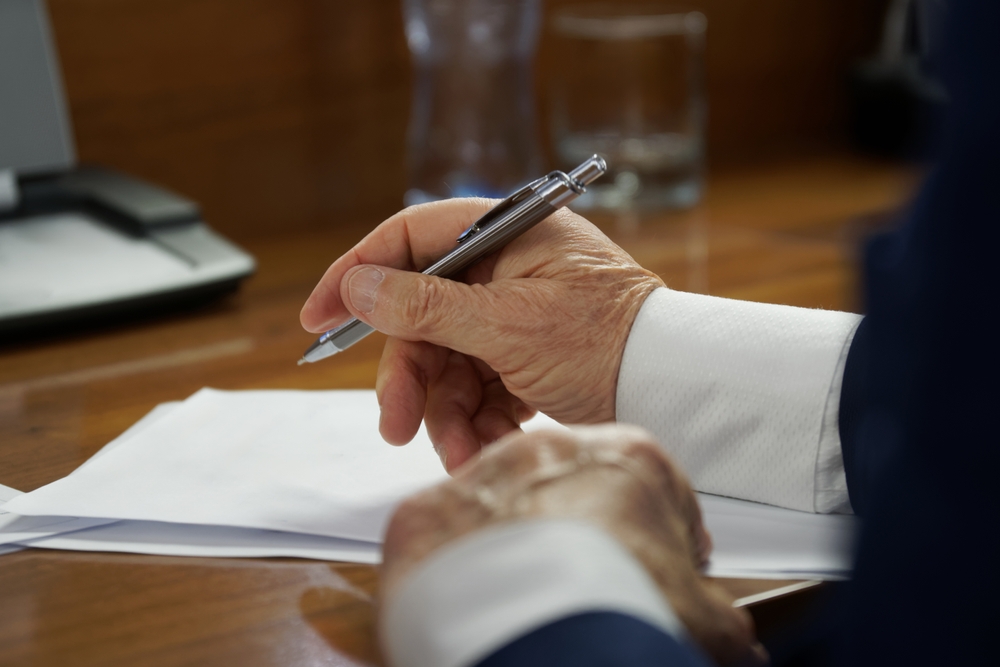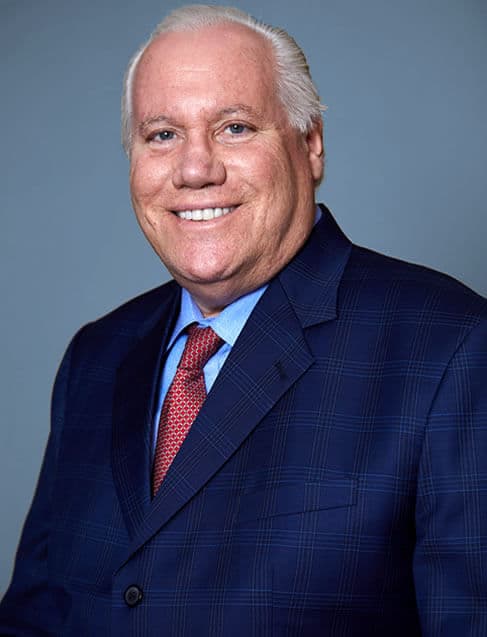Imagine being injured by a defective product that exploded without warning or being hurt in a workplace accident involving inherently dangerous materials.
In traditional personal injury cases, you'd face the daunting task of proving the defendant acted negligently by gathering evidence of their careless behavior, demonstrating they breached their duty of care, and connecting that breach to your injuries.
Strict liability law eliminates this burden entirely. Under this legal doctrine, certain defendants can be held responsible for injuries they cause, regardless of how carefully they acted or how many safety precautions they took.
The law recognizes that some activities and products are so inherently risky that those who profit from them should bear full responsibility when things go wrong.
This principle fundamentally changes the landscape for injury victims. Instead of building a case around someone's mistakes, strict liability focuses on a simple question: did the defendant's product, activity, or property cause your harm?
If the answer is yes, they may be liable even if they followed every safety protocol and industry standard. Scheduled free consultation with our Long Island personal injury lawyer today!
Schedule a Free Case Evaluation
The Core Principle of Strict Liability: Accountability Without Fault
The concept of strict liability can seem unusual at first because it removes the element of blame from the equation. The law recognizes that some activities are so inherently dangerous that the person or company engaging in them must bear full responsibility for any harm that results, even if they took precautions.
It is a public policy choice designed to protect the public and incentivize the highest possible level of safety in high-risk environments.
Here is how it differs from a typical negligence claim:
Negligence claim: To win, you must prove four things:

- The other party owed you a duty of care (e.g., to drive safely).
- They breached that duty (e.g., they ran a red light).
- Their breach directly caused your injuries.
- You suffered actual damages (e.g., medical bills, lost wages).
Strict liability claim: The path is more direct. You typically need to prove:
- The activity or condition was subject to strict liability rules.
- The activity or condition caused your injury.
- You suffered actual damages.
You do not have to prove the defendant was careless, did something wrong, or failed to do something right. The liability is absolute.
Cases Governed by New York's Strict Liability Rules
Strict liability does not apply to every accident. It is reserved for specific circumstances where the risk of harm is significant, and the law places the burden of safety entirely on one party.
In New York, these situations primarily involve unsafe work sites, defective products, and abnormally dangerous activities.
Unsafe Work Sites: New York’s Strict Liability for Workers
Construction is the backbone of New York, but it is also one of its most dangerous industries. To protect workers, New York enacted special laws that are among the strongest in the nation.
The most powerful of these is Labor Law § 240(1), often called the "Scaffold Law." This statute creates strict liability for certain gravity-related accidents for property owners and general contractors.
Under this law, if a worker is injured in a fall from a height or is struck by a falling object, the property owner and general contractor are held 100% liable, with very few exceptions.
It does not matter if the owner or contractor was not directly supervising the work. The fact that the accident happened and proper safety devices were not in place is enough to establish liability.
Gravity-Related Accidents Covered by Strict Liability
This law holds owners and general contractors accountable for a range of elevation-related risks present on construction sites. Under the statute, liability is imposed when specific workplace hazards cause a worker's injury.
- Falls from unsecured, defective, or inadequate ladders for the assigned task.
- Injuries resulting from the collapse or failure of scaffolds, hoists, and other temporary work platforms.
- Falls from any unprotected height, such as roofs, open floors, or structural beams.
- Harm caused by tools, equipment, or building materials falling from an overhead level.
The power of this law is that it often removes any argument about the worker's own conduct. The focus remains entirely on the failure of the owner and contractor to provide a safe work environment.
Injuries from Defective and Dangerous Products
When you buy a product, you have a right to expect it to be safe for its intended use. If a product is defective and causes injury, the companies in the chain of commerce can be held strictly liable.
This means you do not have to prove that the company was negligent in how it designed or made the product. You only need to show that the product was defective and that the defect caused your injury.
Strict liability in product cases typically arises from one of three types of defects.
Design defects: The problem is with the product's blueprint. Even when it is manufactured perfectly and used as intended, it is unreasonably dangerous.
Manufacturing defects: The design is safe, but a mistake during the manufacturing process makes a specific unit or batch dangerous.
Marketing defects (Failure to Warn): The product has non-obvious dangers, and the manufacturer fails to provide adequate warnings or instructions for its safe use.
Responsibility can extend to multiple parties in the distribution chain.
- The product manufacturer.
- The manufacturer of a component part.
- The wholesaler or distributor.
- The retail store that sold the product.
Harm caused by unusually dangerous activities
The third major category of strict liability involves activities that are considered "abnormally dangerous." These activities involve a high degree of risk of serious harm that cannot be eliminated even with extreme care and are not in common usage.

A person or company that engages in such an activity is held strictly liable for any harm.
Common examples:
- Using explosives for blasting in a populated area.
- Transporting or storing hazardous, toxic chemicals.
- Keeping wild or dangerous animals. If someone owns a lion, and it escapes and injures someone, the owner is strictly liable. The injured person does not need to prove the owner was careless in how they built the enclosure.
How Compensation Is Determined in a Strict Liability Case
While strict liability laws make it easier to establish who is responsible, they do not automatically determine the value of your claim. You must still prove the full extent of your damages.
The compensation you can recover is the same as in a negligence case and is broken down into economic and non-economic losses.
Economic damages: These are the calculable financial costs of your injury.
- All medical expenses: Including hospital stays, surgeries, physical therapy, medication, and any future medical care you will require.
- All lost income: This covers the wages you have already lost and, more significantly, the income you will be unable to earn in the future because of your injuries (loss of earning capacity).
- Out-of-pocket costs: Any other expenses you incurred, from medical equipment to home modifications for accessibility.
Non-economic damages: These compensate you for the human cost of the injury.
- Pain and suffering: For the physical pain and emotional anguish you have experienced.
- Loss of enjoyment of life: For the inability to participate in hobbies and activities you once loved.
- Permanent disability: For the lifelong effects of your physical limitations.
Frequently Asked Questions About Strict Liability Law
What if my employer says the construction accident was my fault? Can I still have a case?
In many cases under New York's Labor Law § 240(1), yes. This strict liability statute is so powerful that a worker's own comparative fault is often not a valid defense for the owner or general contractor. If you were injured in a gravity-related accident, you likely have a strong claim regardless of what your employer says.
Is a strict liability claim the same thing as a workers’ compensation claim?
No, they are very different. Workers' compensation is a no-fault insurance system that provides medical benefits and partial wage replacement to employees hurt on the job. You cannot sue your direct employer.
A strict liability claim is a personal injury lawsuit filed against a responsible third party (like a property owner, general contractor, or product manufacturer). It allows you to recover 100% of your losses, including damages for pain and suffering, which workers' comp does not cover.
I was hurt by a power tool I bought at a big box store. Who do I sue?
In a product liability case, you may have a claim against multiple parties. Under strict liability, you could potentially file a lawsuit against the company that manufactured the tool, the distributor that supplied it to the store, and the retail store that sold it to you. An investigation would determine the most appropriate parties to hold accountable.
How long do I have to file a strict liability lawsuit in New York?
The statute of limitations varies. For most personal injury claims, including product liability, the deadline is three years from the date of injury. However, the timelines can be different depending on the specific facts of your case. Contacting an attorney promptly is the best way to protect your rights.
The Power of Absolute Accountability
Strict liability law exists for a reason. It is a recognition that when companies build skyscrapers, manufacture products for our homes, or engage in high-risk activities, they have an absolute duty to keep people safe.

When they fail, this area of law provides a clear and powerful path to justice. It shifts the legal burden onto the party in the best position to have prevented the harm in the first place, allowing you to focus on what matters most: your recovery.
The attorneys at Queller Fisher have built a legacy on holding powerful entities accountable under New York’s strongest laws. For decades, we have represented union workers, construction professionals, and everyday people in Brooklyn, Queens, the Bronx, and across New York City who were harmed on unsafe job sites or by dangerous products.
We understand the immense power of a strict liability claim and dedicate our firm’s full resources to achieving the results our clients need to rebuild their lives.
Schedule a Free Consultation to Discuss Your Rights
New York City Office:
The Woolworth Building, 233 Broadway, 18th Floor, New York, NY 10279
Phone: 212-406-1700
White Plains Office:
2 Westchester Park Drive, Suite 205, White Plains, NY 10604
Phone: 718-892-0400